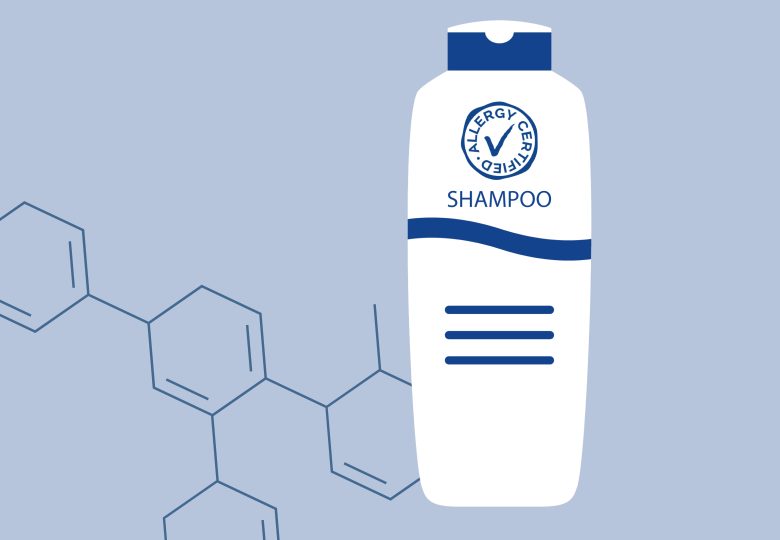The Role and Safety of Glucosides in certified products

In our latest Advisory Board meeting, we focused on glucosides, especially Coco Glucosides. Their increasing usage is notable, attributed to their natural sourcing, which enhances their organic and eco-friendly profiles. They are preferred in rinse-off products due to their lower irritant potential compared to chemicals like Sodium Lauryl Sulfate (SLS).
Safety Assessment
The Cosmetic Ingredient Review Expert Panel has declared 19 members of the alkyl glucoside family safe, endorsing decyl glucoside and lauryl glucoside in various products. However, concerns about allergic reactions associated with glucosides were addressed. While generally less irritating, allergic reactions do occur, albeit uncommonly. This extends beyond cosmetics to products used in wound healing and operating room scrubs. Notably, allergic contact dermatitis from alkyl glucosides is relatively low in North America, but cases have been observed in Europe.
Understanding Cross-Reactivity, Impurity, and Concentration Standards
We discussed the issue of cross-reactivity and impurities in alkyl glucosides. Their variable purity and alkyl chain variability can cause reactions to other alkyl glucosides. Regarding concentration standards, glucosides are typically used at around 5% in leave-on products and up to 33% in rinse-off products. It was decided to allow glucosides at a maximum of 0.5% in leave-on products and 5.0% in rinse-off products, based on clinical testing that found these levels non-irritating and non-sensitizing. It’s important to note that the concentration limits account for the total concentration of all glucoside types used.
